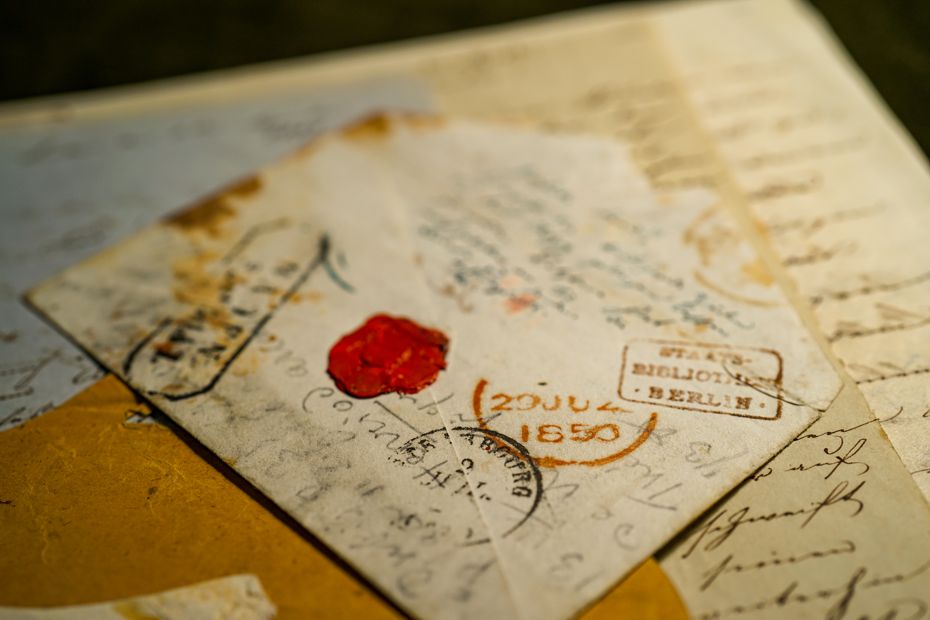November 3-5, 2022
Collegium Maius
Manuscripts by female writers form a significant part of the Varnhagen Collection kept in the Jagiellonian Library in Krakow, a monumental collection of letters, manuscripts of works, diaries, notebooks, prints, etc., which impressively reflect the literary, cultural and political life of Europe from the end of the 18th to the middle of the 19th century. The collection contains documents of hundreds of women from the German-speaking cultural area who not only wrote German and German-French cultural history, but also had an impact on other countries and cultural circles (i.e. Poland, Bohemia, USA) through their far-reaching contacts and networks.
In addition to well-known names such as Bettina von Arnim, Sophie Mereau-Brentano or Rahel Levin Varnhagen, there are documents by women writers who have largely been forgotten and have not entered the literary canon, although they played a significant role in literary life in their time. Charlotte von Ahlefeld, Helmina von Chézy, Amalia von Helvig, Amalia Schoppe, Fanny Tarnow, Karoline von Woltmann, Caroline de la Motte Fouqué, Amalia von Voigt and many others should be mentioned. They distinguished themselves through a broad and diverse impact in the literary field - as writers, translators, journalists, educators, women's rights defenders, patrons, etc. - as well as mediators between cultures and literatures.
At the conference, which is organised within the framework of the DFG/NCN-funded project “Female Writers in the Varnhagen Collection - Letters, Works, Relations”, documents by women writers from around 1800 will be considered against the background of epistolary, cultural, scholarly and social networks as well as in the context of the entire Varnhagen Collection and its connections to other contemporary collections.


